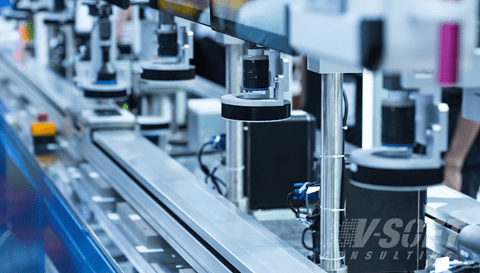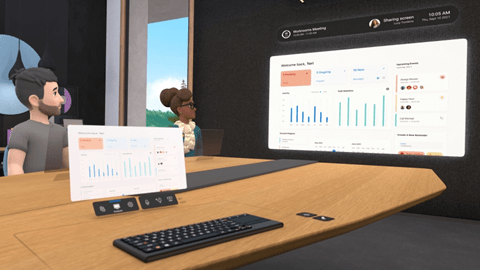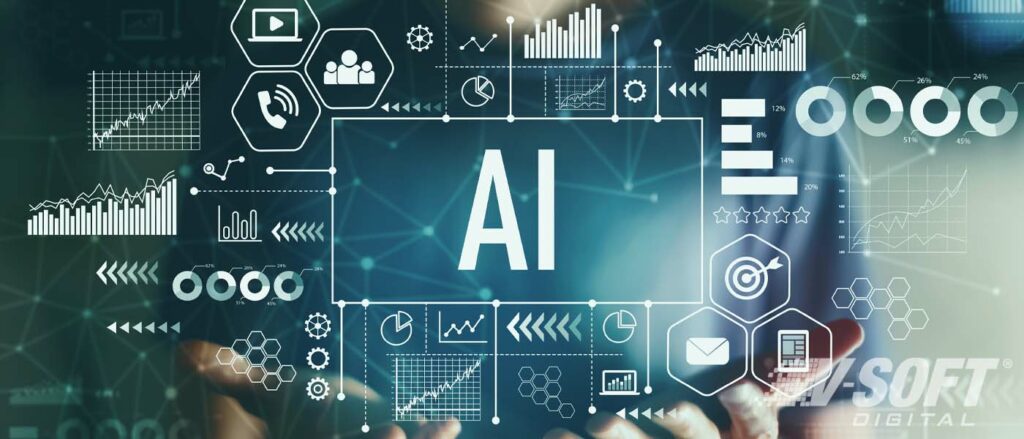Top 7 AI Trends to Know for 2022
AI will affect humanity more than fire, electricity, and the internet.
Sundar Pichai, CEO, Google
While this statement may seem quite overboard, Sundar is not wrong. Artificial Intelligence (AI) has transformed technology as we know it. Industries like education, healthcare and manufacturing are expected to adopt AI in many ways in the coming years.
The Covid-19 Pandemic forced numerous businesses to digitalize their processes. Schools and colleges started to deploy learning management systems and technologies like AI played a significant role. Two years after the Pandemic began, in the year 2022, AI will venture into plenty of digital transformation initiatives. Let’s uncover the newest developments of AI and the top AI trends for 2022.
1. Creative AI
Creativity is a prized possession of humankind, but in the future, creativity will be mastered by AI too.
Creative AI is a new branch of artificial intelligence used to create paintings, draft compelling stories, and compose music, and the list does not end there. For example, emerging technology will soon have marketing professionals using AI to write newsletters and articles and create designs. The efficiency of AI is indeed a lot more than we can imagine.
2. AI’s Expanded Role in Hyperautomation
Hyperautomation is an intersection of AI and advanced tech. Using technologies like cognitive process automation and intelligent process automation. This allows the human workforce to invest more in innovative roles. Hyperautomation enables human-machine collaboration that enhances results and boosts productivity.
Hyperautomation transforms processes across industries like banking, healthcare, construction, and e-commerce. 2022 will see a sharp spike in industries adopting hyperautomation.

3. Low Code and No Code AI
There are many tools coming to market that make adopting AI seamless. Open AI Codex is a programming model that generates code from human spoken language. Technologies like these benefit organizations that lack engineers or programmers to create AI tools and algorithms. Medium and small-sized organizations can integrate and deploy AI in their processes at an exceptionally low cost. These advancements democratize AI and coding technology.
4. Augmented Workforce
Modern workplaces are forever evolving by integrating robots, cognitive processes, and AI into their processes. Every job will have AI incorporated in some way or another. An augmented workforce is in our immediate future. It is likely to be the fifth industrial revolution, a fusion of AI, Internet of Things, robotics, quantum computing and many other technologies. Humans and robots will work alongside each other for quicker results. Thus, it creates a great combination of human innovation and robotic intelligence.
5. The Metaverse
Mark Zuckerberg’s Metaverse is a coalescence of AI, augmented reality, and 3D where people get to connect, work and play. According to Mark Zuckerberg, the Metaverse is the new evolution of social connection. You can attend parties, visit your friends, and coordinate meetings without moving a muscle. The entire concept might look like it’s straight out of a sci-fi movie but this is soon going to be a reality.

6. AI in Cybersecurity
AI has already made huge strides in cybersecurity. Since cybercrimes are a big threat to society, the world is continuously trying to safeguard against them. AI analyzes your network traffic and recognizes interferences to keep your data safe from hackers and cyber attackers. Our everyday lives are infused with technology and the internet. Since we rely heavily on tech, cybersecurity becomes mandatory. Banking and finance firms are opting for AI tools to detect fraudulent activities.
7. AI in Healthcare
AI in healthcare uses Natural Language Processing (NLP) systems. Medical professionals use speech to analyze and organize medical and clinical patient records. Improving healthcare through advanced technology has been the goal for decades. One of the most recent innovations has allowed patients to consult doctors from the comfort of their home. The Covid-19 outbreak created a shortage of medical equipment and medical professionals; this is where AI comes in. AI made it possible for doctors and patients to interact from afar and offer treatment remotely.
The Bottom Line
AI is an ever-evolving technology with continuous progress every day. There will be new inventions yet the world will still yearn for advancement to solve the toughest challenges. Most of the above-mentioned technologies are already in use but they have been updated to suit the changing world. AI will always be a vital part of businesses and organizations.











